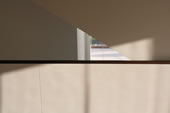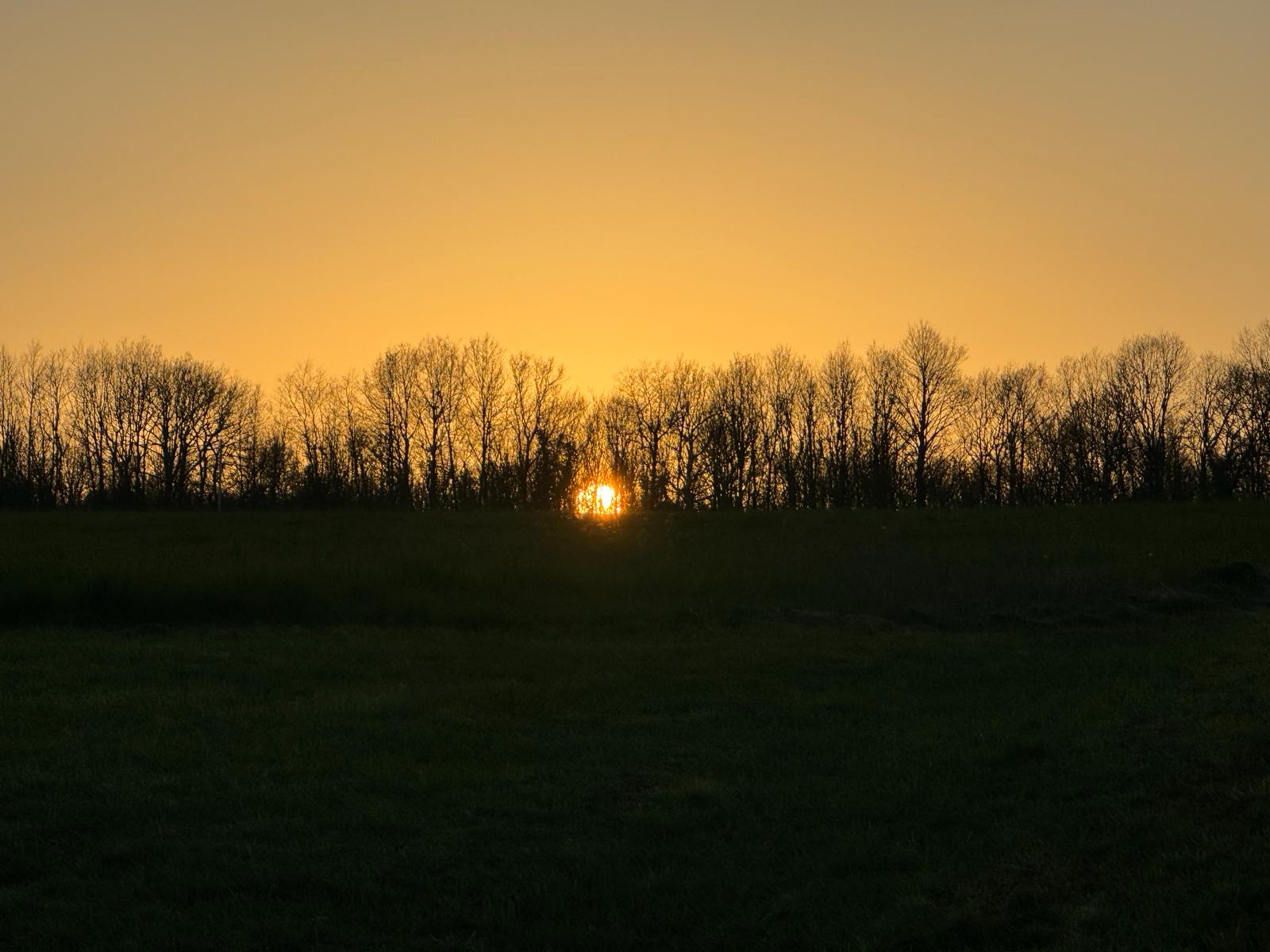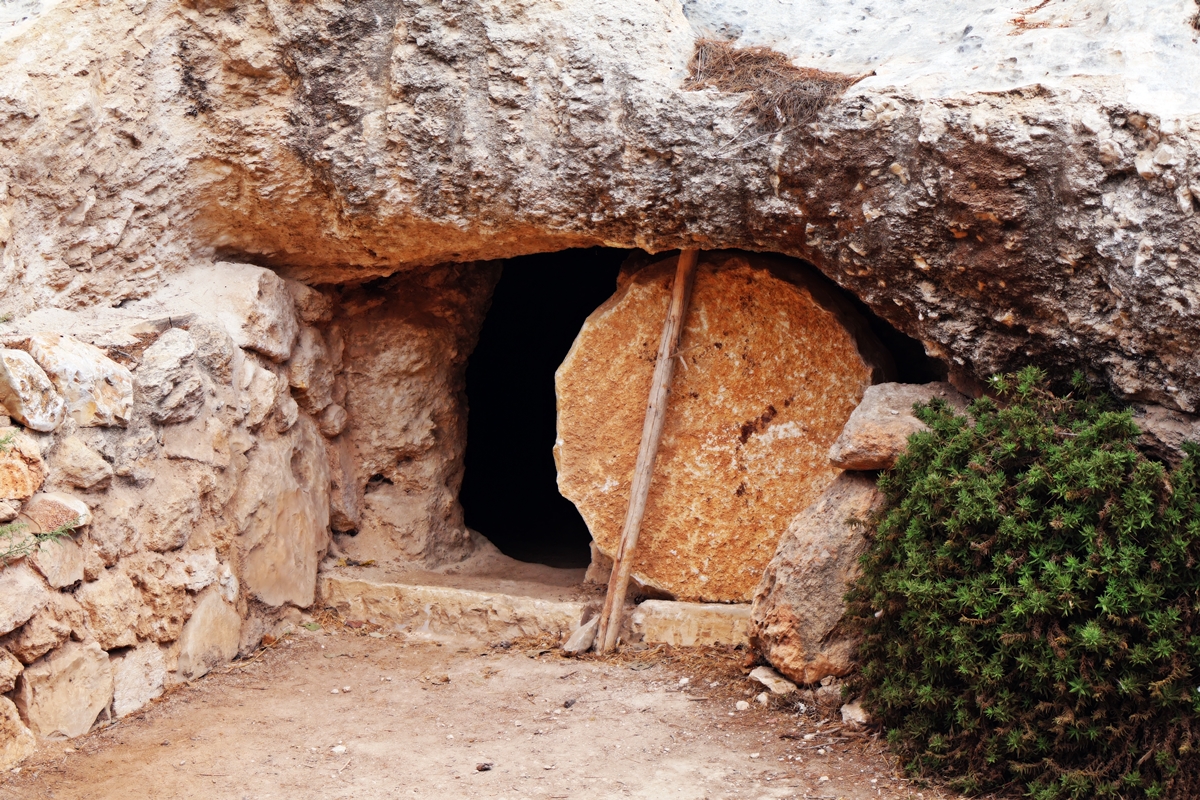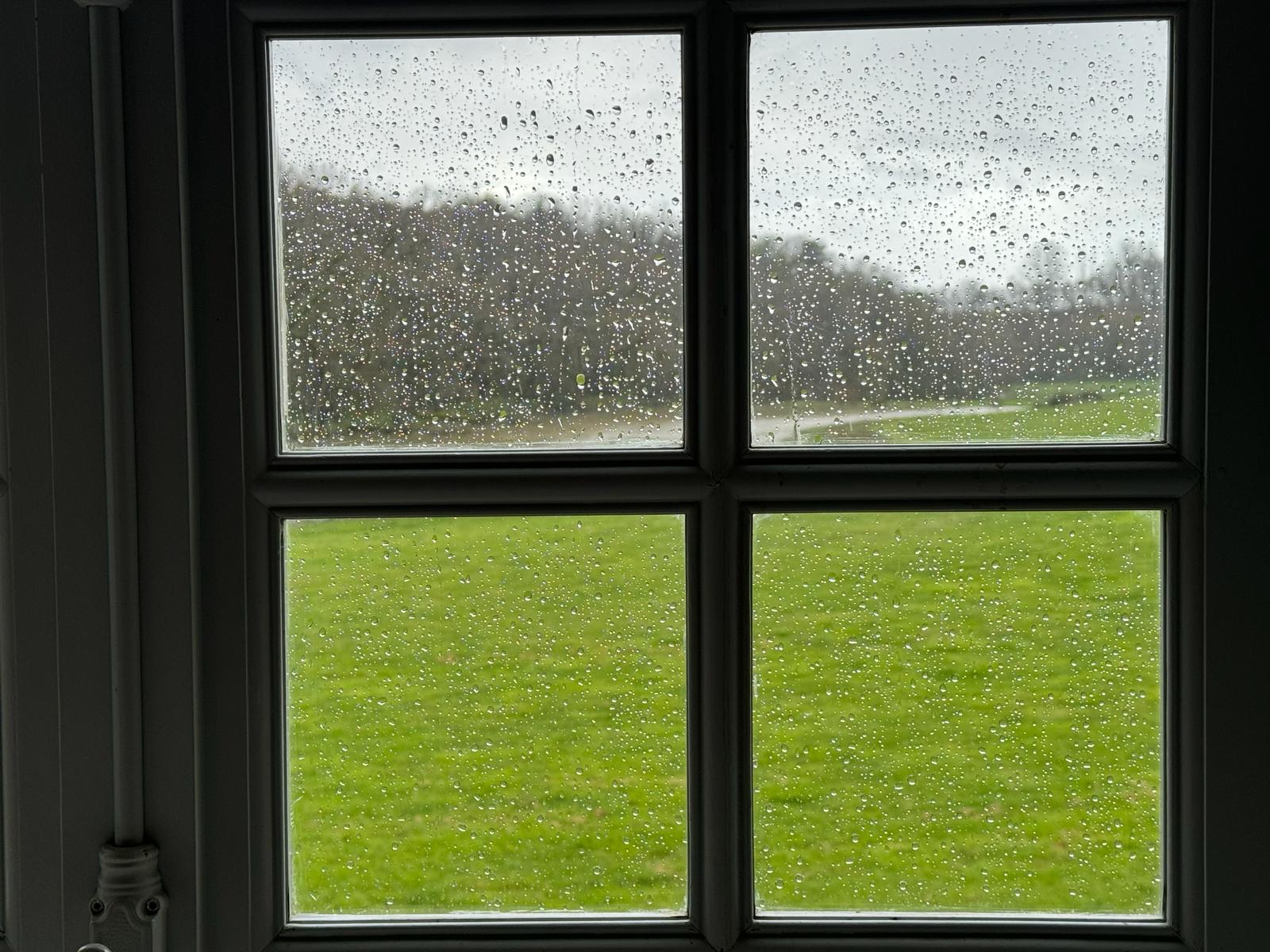

Photography can be an art or a kind of obsessive-compulsive disorder. Properly used it can help take the attention off your stream of thoughts and teach you to pay attention to what is around or in front of you. By focusing on a detail or an unusual angle it helps you find your ‘present location’, as the GPS systems ask you. But then at a certain point, when your attention is trained, and you are back in the present moment you would be well-advised to put away your camera. The bigger picture, which no lens can contain, then emerges and you are no longer objectifying reality but participating in it.
The same is true of other preparatory means of coming to the transformative attention of meditation. Practicing awareness of your state of mind or bodily sensations are also possible ways of calming the mind and becoming single-pointed. But if we remain at the preparatory stage of anything, unwilling or unable to move to the next stage, it becomes a trap. If we cannot put down the camera we stay fixated on external objects. If we cannot take the attention off ourselves we remain stuck in a mental awareness of our interior states.
Balancing the inner and the outer is the first step of the contemplative work. When you make the two into one, and when you make the inner like the outer and the outer like the inner, and the upper like the lower… then you will enter [the (Father's) domain]. (Gospel of Thomas 22:4). This is why we were warned four weeks ago not to become self-conscious about meditation or any spiritual practices. At first, we are both self-conscious and impatient for results. But with practice this egocentricity diminishes. The best way, then, is to turn our practice into simple good habits that we hardly notice, except for their fruits.
Laurence Freeman OSB
Listen to the Lent Daily Reflections Podcast HERE



